OK
. . . . my .02 worth!
The BEST Matte Finish in Town: (My Opinion!)
Adding a flat base to an existing color seems to me like it would have the flat base carrier fighting with the gloss base carrier already in the mix.
My thought ~ “it might work and it might not.”
I suggest you achieve your final desired level of gloss by using a final clear coat in the gloss level you desire.
Been doing both Armor and Model Railroading for, some might say, a few years, (sometimes Armor & Railroading in the SAME model) So I always choose a Matte finish surface. My best recommendation for the job would be Tamiya TS-80 Matte Clear in the rattle can. *(I consider it the best flat coat in the industry!)
Warning: did not come here to argue. ~ to each his/her own ~ whatever you are most happy with.
Finish Coats:
-
If a matte surface is what you are after then it is best achieved by holding the can (or gun) 20-24 inches from the model and letting the paint particulates fall almost dry onto the surface. (Exactly what you would try to AVOID when painting a glossy auto model ~ or real car!)
-
If you want a semi-gloss surface then use the same matte Tamiya product but move in closer to deliver a “wet coat” that flows out smoothly and will be more reflective (semi-glossy / mirror like) when dry.
-
For a gloss finish then simply use a final over spray of a gloss product.
Quote: “I don’t use it myself, it promotes rust.” ~ Robbie the Robot from the movie Forbidden Planet.
I set my decals using Future Floor Wax which always leaves an ugly and irregular shine to my models. I therefore go over the model & decal with a final (very dry) coat of the Tamiya Matte Clear.
As I say, when setting decals the Future Floor Wax will leave a very smooth* but ugly shine around your decals as seen here:
But not to worry, as the Tamiya Matte Clear will save the day!
The only difference between the photo above and those below is the application of the Tamiya Matte Clear. (TS-80 rattle can)
*The Future Floor Wax may leave an ugly surface shine but it also leaves a smooth, flat (as in non-rough) surface that will most certainly help to seal in those decals and also helps to hide that tell-tale decal film edge.
I fairly much just slather on the Future with a model brush (no need for the airbrush here.) I apply it both to the model and then as an over coat to the decal itself. This seals in the decal and creates a sort of a “transition slope” between the model surface and the decal film that further hides the ridge/edge of the decal film.
The Future is “self-leveling” so no fears of it getting lumpy or bumpy on the model surface even with multiple brushed-on coats…
OK
. . . this will cost you another .02 set on the rail of the pool table if we are going to play.
I hear a lot of people say "I just buy my matte clear in the giant economy (read less expensive) can at the “Big Box Store!”
In my humble opinion (and experience.)
-
First: You get what you pay for. (Tell me again how much you paid for that model?)
-
Second: Those BIG cans are all built with pressures and nozzles designed to “cover quick, in one coat”. (Sounds to me like you are just about guaranteed to have runs and sags in your model paint jobs.) They are designed for the weekend DIY’er to paint rough outdoor wood fences and rusty Bar-B-Que grills, in a single pass!
The Tamiya spray can (and most all model paint spray cans in general) are designed to deliver a lighter and more or less uniform air pressure throughout their working life span and to do it will a spray nozzle DESIGNED to deliver a finely atomized paint spray droplet to your model. If you are going to build a scale model then you need to be using a paint that goes on at a scale size and not something designed to paint real life outdoor park benches and rusty wheel rims!
Again ~ whatever works for you ~ I did not come here to argue so please don’t start.
I came here to share my opinion (and perhaps my experience.) There is ALWAYS more than one way to skin a cat so do what you are comfortable with but please consider other possibilities.
My Dad (the Car Painter) was always kicking himself when he would let the gun get too far from the side of the car and it would affect the quality of the gloss. He would have to quickly go back and hit it again before it dried to get the paint to flow out smooth and glossy.
Imagine if you will, that a paint base carriers designed to produce a matte finish so it has added to it a micro-fine powder that breaks up the surface tension of the paint so that it DOESN’T flow out smoothly as a mirror finish but rather, creates a microscopically rough “tooth” to the surface that scatters the reflected light in all directions.
My constant advice above is to “spray it on dry”. This enhances the “tooth” affect even more and will make the matte clear finish coat appear even more Matte than it otherwise might.
I usually use Tamiya Flat in the bottle mixed with Future (Pledge), and airbrushed. I like this method because it allows you to adjust the amount of flatness you want. I’ve also used Tamiya rattle-can matte when I didn’t want to set up for airbrushing, but I’ve found that Revell rattle-can matte gives a more consistent result (and VERY matte coat) than Tamiya.


I will try the Revell in the near future in a head to head comparison ~ good to know!
Sorry for the long winded “preach” here but I have been considering these questions for quite some time now.
Also I cringe whenever someone on here says they “buy the big can of matte clear at the Home Depot.”
Spraying from a increased distance will give that Matt finish but it will most likely not be smooth. The dried/drying paint particles will create grained rough surface texture that can be seen without magnification. Ask me how I know…
1 Like
My only answer would be for you to view again, my close-up example photos above:
The roughness of the Cat D7 hood might be just barely visible but then too I am also using pigments for a dusty appearance which is exactly what I was going for.
My next thought would be that perhaps you were using a matte clear product from one of those aforementioned “Big Box Stores” and it was not atomizing to as fine a spray droplet size as the dedicated model paints might have,
Beyond that; I don’t have an answer . . . . . .
1 Like
Yours looks fine. Mine was probably done under higher pressure. Also, I’m still using ModelMaster thinned with Floquil DioSol.
Boy you guys that are mixing paint products together that I would have never ever thought to have tried! ~ My hats off to you on those!
I never cared for the Dio-Sol. It never appeared to be doing anything when I used it.
Back in the days of my building wooden railroad models I would lay the model surface flat and coat the decal with drops of lacquer thinner and allow the thinner to slowly melt the decal film right into the grain of the wood. It was time consuming but looked great!



 LOL, have heard a lot of complaints about Dio-Sol over my decades of modeling and cutting paint but that’s the very first time I’ve heard that one!
LOL, have heard a lot of complaints about Dio-Sol over my decades of modeling and cutting paint but that’s the very first time I’ve heard that one!
Did you use Dio-Sol as decal setting solution? I have zero experience with that application of Dio-Sol. Definitely helps me keep the hobby fresh seeing various points of view on products.
Testor’s Dullcoat cut with Metalizer thinner will yield a dead flat. Looks a little too much like even dust instead of flat for my liking but everyone has their favorites.
Airbrush application of paint, gloss, flats or whatever allows for close work and maximum control of air pressure & spray pattern etc. That’s my personal preference. YMMV.
1 Like
Barnslayer ~ a truly matte surface WILL NOT be smooth; Not in real life and not on the model.
Run you finger tips over a high end Mercedes paint job and you will experience very little “drag” friction.
Now run your fingers over one of those popular current day “matte finish” auto paint jobs. The difference will be slight but you should feel a different in the smoothness of the paint finish and experience some increased drag.
1 Like
I always tried to avoid decals. One reason was getting them to appear painted and part of the surface. The other was weathering them. I like to paint markings. That allows me to scratch, abrade etc. without worry. I’ve since seen guys use certain varnishes to get the decal to appear painted on but haven’t tried it yet.
Armor_Buff ~ those are some great insights. Thanks for sharing!
And yes I tried using the D-S as a straight decal setting solution, saw no improvement and forever pitched it out of my “toolkit”. Never thought to use it as a self-leveling paint thinner!
barnslayer ~ I too avoided decals until an old hand (and Championship level model builder) Monte Kelch out of Cincinnati, taught me the Future Floor Wax technique.
Now I can’t wait till I can do the decals on a model!
IMHO ~ not trying to pat myself on the back here ~ but I would have to say, I think my decals these days, DO look painted on!
(1:48th Scale, On30 Bachmann ~ Custom painted and lettered.)
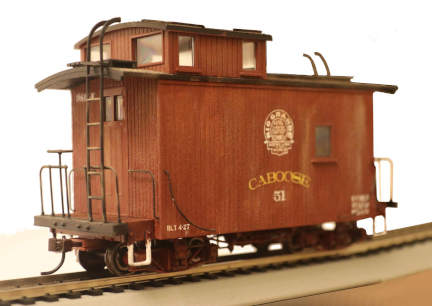
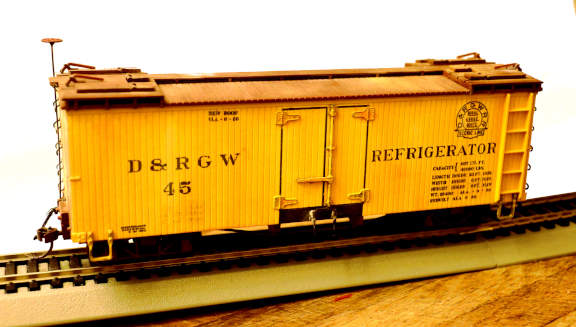
Below: Basic decal lettering over WWII O.D. base paint (Model Master #1911) using the Future Floor Wax with a Matte Clear topcoat to set the decals. (No weathering has yet been applied.)
1 Like
@165thspc Michael, Dio-Sol was a heck of a paint thinner/reducer for enamels being a mix of xylene (later xylol) & toluene etc. Pretty hazardous by today’s standards.
1 Like
It’s not the tactile experience that matters on a model. It’s all visual. If you see grains of prematurely dried paint it, in my opinion, is out of scale and detracts from the model. Your photos do not exhibit this problem. I only mentioned it as a very possible problem for those experimenting with spraying from an increased distance.
Agreed ! Agreed !
(I had to do two “Agreeds” because the new OS won’t let me make a post with less than ten characters in it!)
p.s. But I have never had that problem with spraying from a distance while trying to create a “dry surface coating.” NEVER ~ now if the nozzle is dirty and spitting that is a different kettle of fish. I suggest you always wipe off the nozzle of any spray can with a paper towel (or your finger) immediately after each use.
Old dried paint chips coming off an uncleaned nozzle might just be the source of your problem, if you have indeed, actually experienced such a problem in the past. I have not.
1 Like
Geeezze: Of course a model paint surface can’t generally give you a tactile experience. I was trying to give you a “real world” experience you might relate to. Comparing a high quality Mercedes Limo gloss paint job vs. a modern “Tokyo Drift” matte painted sports car. Trying to make an analogy here as well as to illustrate an example.
@165thspc Michael,
Question, I understand you have your preferred method of flat coating. However, have you experimented with any of the acrylic flat coats?
In general, I greatly dislike  using acrylic paints for a variety of reasons, philosophy, religious dogma, personal bias, nostalgic convictions etc. However, a couple of acrylic flats I’ve used are beyond reproach FWIW.
using acrylic paints for a variety of reasons, philosophy, religious dogma, personal bias, nostalgic convictions etc. However, a couple of acrylic flats I’ve used are beyond reproach FWIW.
1 Like
I got that. It’s just at 1/35th scale… our criteria are different.
This is my preferred method as developed over time so I am herein applying a "don’t fix it if it ain’t broke" philosophy to my model painting.
I use pretty much Tamiya and Model Master spray can primers & paints for all my base painting. I then apply multiple techniques such as Citadel washes and shaders. (You can see my discussion of the Citadel products elsewhere here on KitMaker.) Followed by a Tamiya Matte Clear application and finally pigments to achieve an all-over weathered/dusty/dirty effect.
This thread is in no way an attempt to cover all painting and weathering styles/techniques (nor would I want to attempt such.)
Finally, I do try and back-up whatever I am suggesting with photographs that try to illustrate clearly the results of whatever I might be recommending at that particular moment.
I have several goals in doing all this:
-
First: to generate content for this site just as Jim Starkweather asked of us in his early remarks introducing the new OS.
-
Second: to give the novice modeler a possible way to jump right into the deep end of the pool with their painting and weathering. (no shirt, no shoes and NO air brush required,)
-
Three: (Perhaps of a lessor priority) to generate cross-over traffic from the Armor side of things to all the wartime military rail modeling going on over at the Railroad Modeling site that no one seems to be aware of.
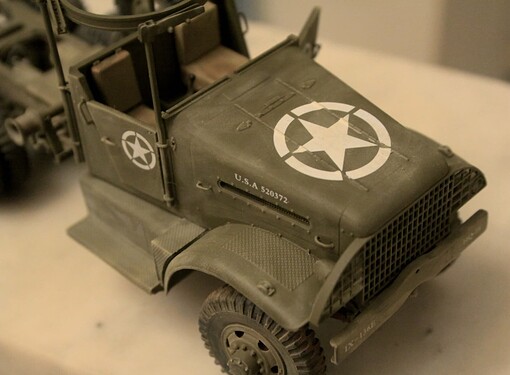
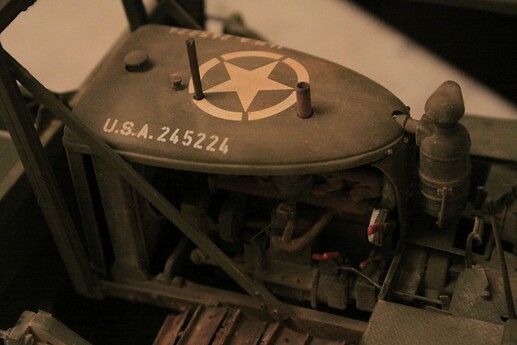
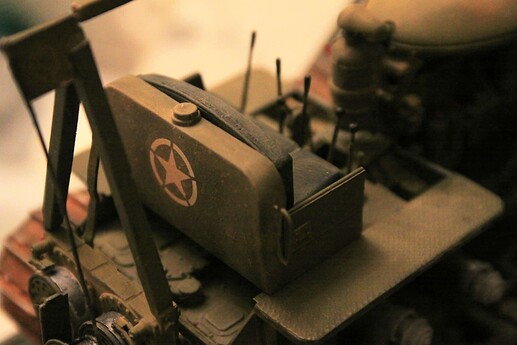

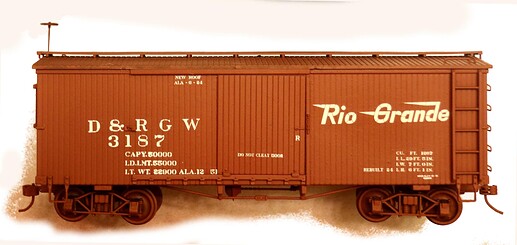
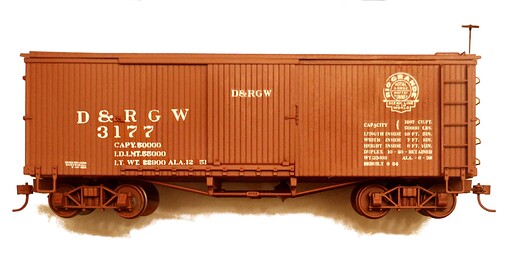




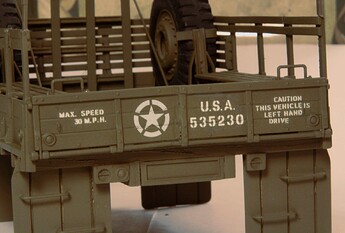
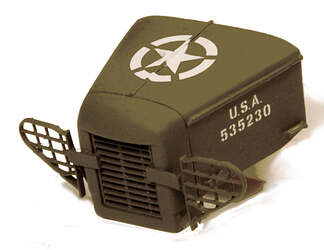
 using acrylic paints for a variety of reasons, philosophy, religious dogma, personal bias, nostalgic convictions etc. However, a couple of acrylic flats I’ve used are beyond reproach FWIW.
using acrylic paints for a variety of reasons, philosophy, religious dogma, personal bias, nostalgic convictions etc. However, a couple of acrylic flats I’ve used are beyond reproach FWIW.